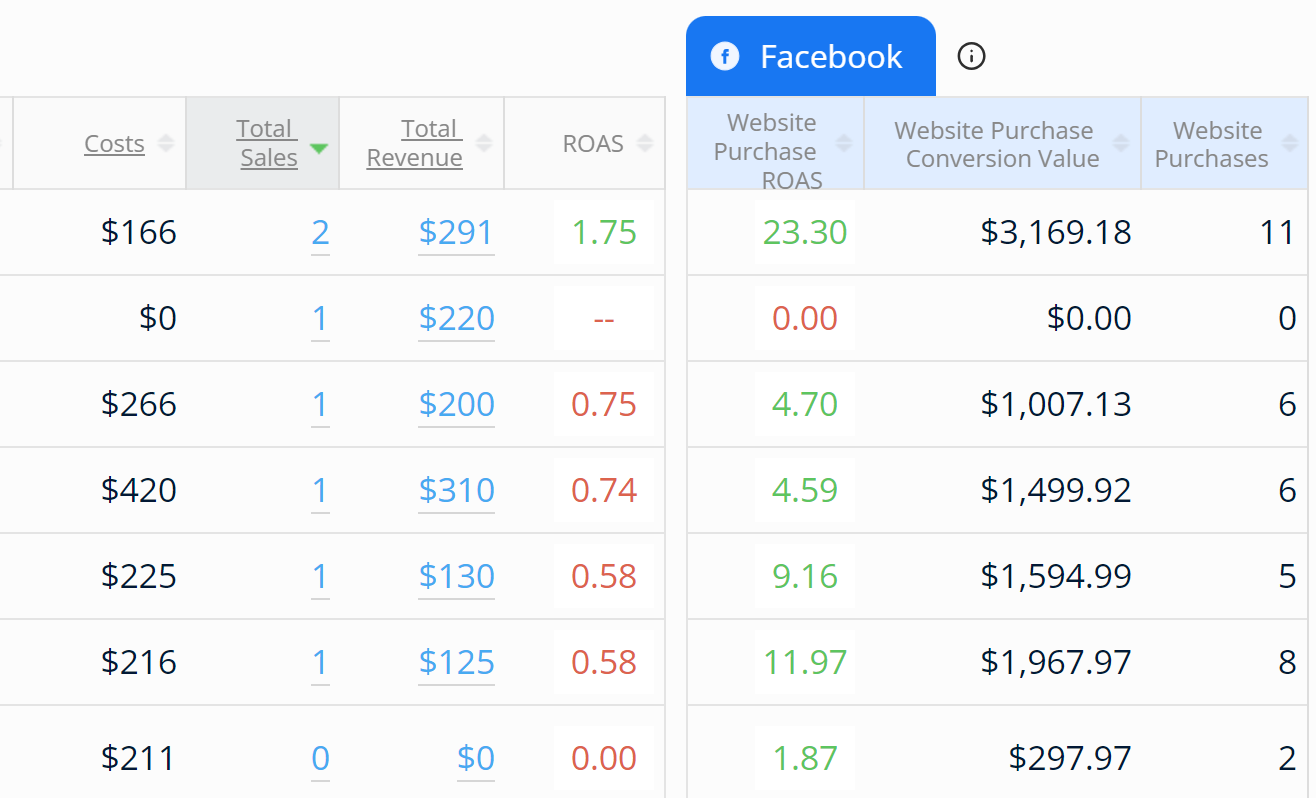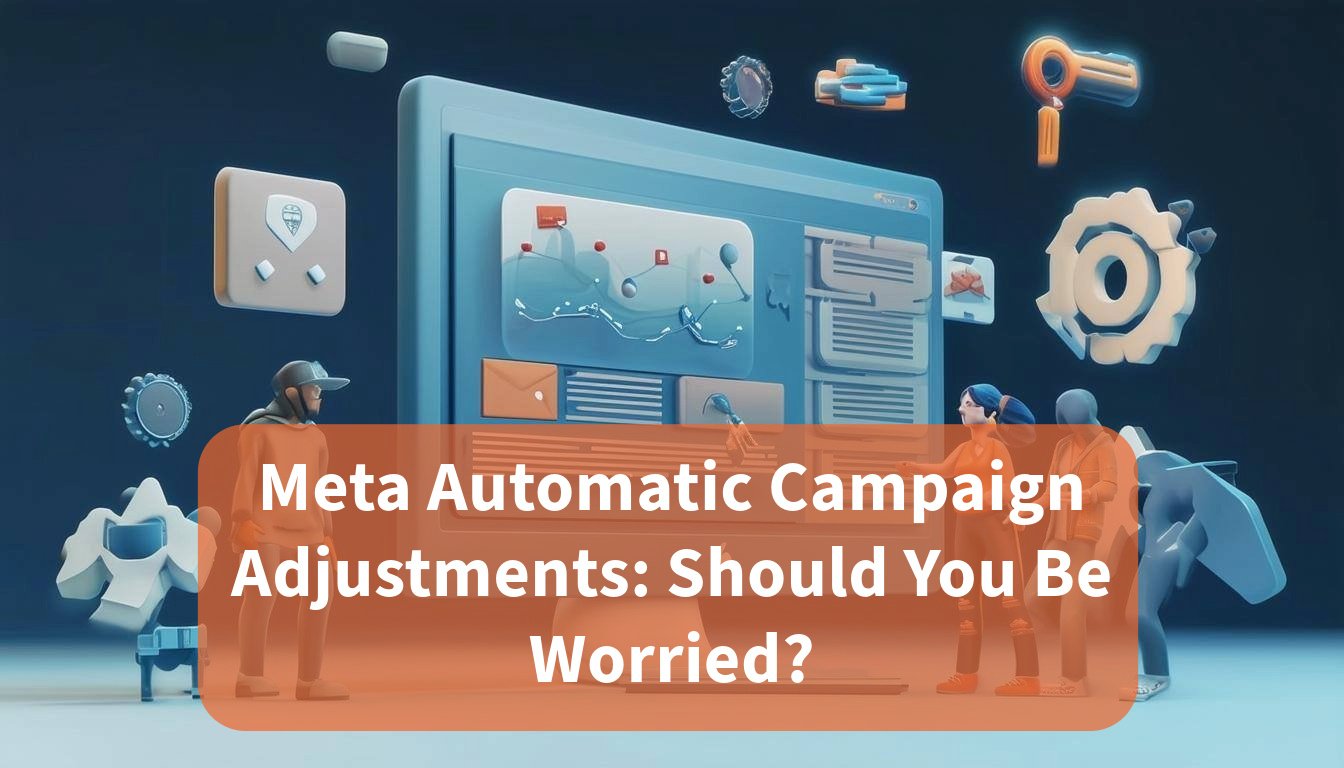Every savvy digital marketer wants to know one thing: what’s working?
It's easy to throw digital marketing dollars at different marketing channels and hope for the best. But the real key to successful marketing campaigns is to uncover how each effort contributes to bringing in new customers. That’s where understanding attribution modeling types come into play.
Attribution models go beyond basic metrics, providing insights to help you see which marketing activities impact different parts of your customer journey. With these models, you can move away from guesswork and gain valuable, data-driven clarity. This clarity informs your budget allocation and helps you demonstrate the effectiveness of your marketing efforts.
Why Attribution Modeling Types Matter for Your Marketing Campaigns
In today’s digital landscape, customers rarely move through the conversion path in a straight line. Imagine, for instance, that you own an eCommerce shop selling luxury coffee beans. A coffee enthusiast may first become aware of your brand through an enticing Instagram ad featuring a perfectly poured latte art.
Instead of buying right away, they might decide to visit your website, browse various blends, and maybe even compare prices. This coffee aficionado might leave and return several times—drawn back by retargeting ads or enticing email offers about your loyalty program.
Maybe they finally convert after clicking on a Google Shopping ad that leads them back to their abandoned cart. Attribution modeling seeks to assign credit to every one of these touchpoints. Your marketing decisions become much clearer when you base them on data, instead of hunches.
Decoding the Types of Attribution Models
To successfully implement marketing attribution, you need to understand the different approaches to assigning credit. Some models focus on one specific interaction, while others distribute it among multiple touch points. Multi-touch attribution models are incredibly handy for unraveling complex sales funnels.
Single-Touch Attribution Models
Single-touch models offer a simplified perspective, shining a light on one interaction in the entire customer journey. While they don't tell the whole story, they can provide valuable insights, especially for businesses with shorter sales cycles. Here are a few examples of common attribution models in the single-touch category.
1. First-Touch Attribution Model
The first-touch attribution model is all about those initial sparks of interest. Think back to the luxury coffee bean company, let's say the first touchpoint was a blog post about different brewing methods. According to the first-touch model, the entire credit for bringing that new coffee lover into the fold goes to the content that initially sparked their interest.
This could be a captivating blog post about brewing the perfect cup at home or an eye-catching display ad featuring a limited-edition coffee blend. It helps marketers identify those stellar marketing activities acting as powerful magnets for those crucial first interactions. However, this model overlooks what influences buying decisions later.
2. Last-Touch Attribution Model
The last-touch attribution model is a popular choice for marketers who want to see what clinched the deal. In contrast to the first-touch model, this type focuses on the last thing a user engages with before they convert.
It zeroes in on that final nudge, which might be clicking a retargeting ad, subscribing to your newsletter, or making a purchase right from the product page. Last-touch attribution is easy to track and understand, but it ignores all the touchpoints that came before it.
3. Last Non-Direct Touch Attribution Model
The last non-direct touch attribution model focuses on the last interaction a customer had with your business before converting, excluding any direct traffic. Any traffic coming in organically doesn’t count here.
For example, if a customer clicks on a social media ad and then later returns to your website directly to make a purchase, the last non-direct touch attribution model would give credit to the social media ad. This model works well when trying to identify specific actions you take that move the needle (think social media campaigns or guest blog posts with links back to a landing page).
Multi-Touch Attribution Models
If you're looking for a deeper understanding of your customer journeys, you'll want to use a multi-touch attribution model. Multi-touch attribution provides a more accurate picture than a single-touch attribution model can. These models spread credit across all relevant customer interactions, allowing for a deeper, more realistic view.
They're particularly useful for businesses with long or intricate sales cycles. By revealing which touchpoints have the most influence, these models enable you to focus on marketing efforts that matter and improve marketing ROI.
1. Linear Attribution Model
The linear attribution model is a straightforward approach to multi-touch attribution. This model assigns equal weight to each engagement. Let’s say someone stumbles upon your product through an organic Facebook post, clicks on a paid ad a few weeks later, visits your site directly, and then converts through a tempting retargeting campaign.
With the linear attribution model, each of those steps gets an equal slice of the credit pie. While this model provides a more holistic view than single-touch models, it may not be as accurate as other multi-touch models because it doesn't account for the varying levels of influence each touchpoint might have.
2. Time Decay Attribution
Ever notice how certain offers become irresistible as you inch closer to a decision? The time decay attribution model captures that feeling in how it dishes out credit. This model assumes those later engagements have a greater influence on the purchase choice and assigns more weight to them.
Time decay attribution is often used by businesses with longer sales cycles, where interactions closer to the point of conversion are considered more impactful.
3. U-Shaped Attribution Model
The U-shaped attribution model is all about those memorable first impressions and final conversions. It heaps credit on both those crucial initial and closing actions that reel prospects in and convert them, but gives less emphasis on those middle-of-the-funnel moments.
For example, it would give significant weight to the first touchpoint (e.g., a blog post that introduced the prospect to your brand) and the last touchpoint (e.g., a sales call that sealed the deal). However, interactions in between, such as email nurturing or retargeting ads, would receive less credit. This model is suitable for businesses that emphasize both lead generation and closing deals.
4. W-Shaped Attribution
The W-shaped attribution model is similar to the U-shaped model, but it adds an extra point of emphasis. It gives credit to three key touchpoints in the customer journey. Ready to make the customer journey a captivating novel? The W-shaped model adds a pivotal third interaction: the point where your prospective customer transforms from a casual browser into a bonafide lead (such as submitting their precious email address through a subscription form or a juicy content download offer).
For example, the W-shaped model might attribute 40% of the credit to the first touchpoint, 20% to the lead creation point, and 40% to the final conversion point. This model helps marketers identify which marketing activities are most effective at each stage of the customer journey.
How to Select the Right Model: Asking the Key Questions
While there are no right or wrong answers regarding specific types, the key is to find the model that best aligns with your marketing strategy, industry, and the unique nature of your customer's purchasing journey.
For instance, if your product boasts a shorter sales cycle, you could lean towards simpler models like the first-touch or last-touch models. You wouldn't necessarily need anything as robust to provide the marketing attribution insights needed to make decisions.
Alternatively, for B2B marketers who often find themselves nurturing relationships and ushering leads through complex, multi-step sales funnels—opting for a dynamic multi-touch approach like position-based attribution, or custom rule-based models would generally make the most sense. Position-based attribution combines aspects of other models to create a more customized approach.
Finally, don’t underestimate the importance of considering your available resources and expertise within your marketing team. It might be a tall order for smaller companies to properly measure and interpret complex attribution modeling types without those much-needed internal data science gurus. In these cases, starting with a simpler model and gradually working your way up to a more sophisticated one as your team gains experience might be more practical. Consider using an attribution tool to help streamline the process.
FAQ
What is the key difference between single-touch and multi-touch attribution models?
Single-touch models assign 100% of the conversion credit to a single customer interaction (e.g., first or last click). Multi-touch models distribute the conversion credit across multiple touchpoints throughout the entire customer journey, providing a more holistic view of ROI.
Which attribution model is best for businesses with long sales cycles?
For businesses with long or intricate sales cycles, multi-touch attribution models—such as the Time Decay, U-Shaped, W-Shaped, or custom Position-Based models—are generally recommended. These models account for the influence of multiple interactions over an extended period.
What is the W-Shaped attribution model, and why is it useful?
The W-Shaped model distributes credit heavily across three critical touchpoints : the First Touch, the Lead Creation point (when a prospect becomes a lead), and the Final Conversion touchpoint. This model is useful for identifying the most effective marketing activities at key stages of a complex B2B or e-commerce funnel.
Conclusion
Understanding different attribution modeling types empowers marketers to gain actionable insights into their performance data. Instead of viewing marketing as a guessing game, they can use attribution models to develop data-driven strategies that reach more customers. Choosing the model aligned with your goals helps spend the budget effectively by analyzing each part of the buyer journey.





